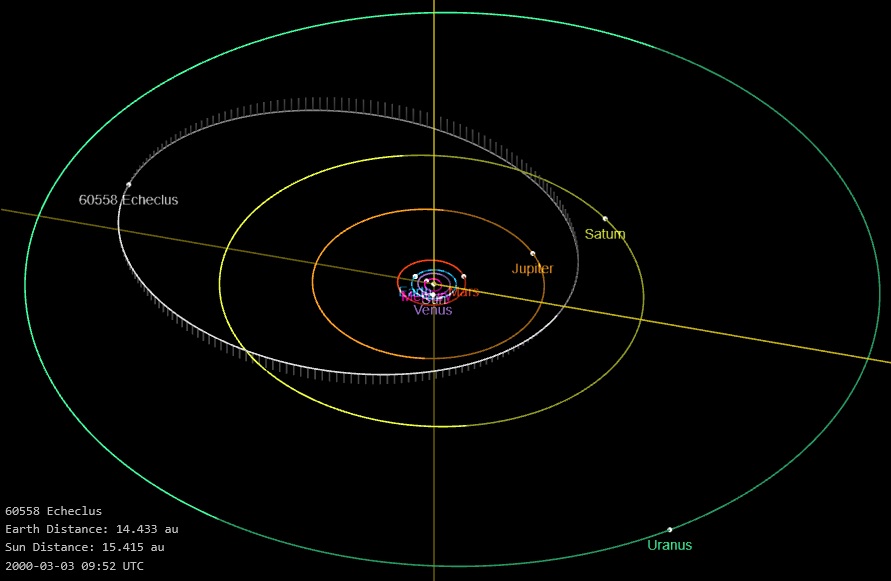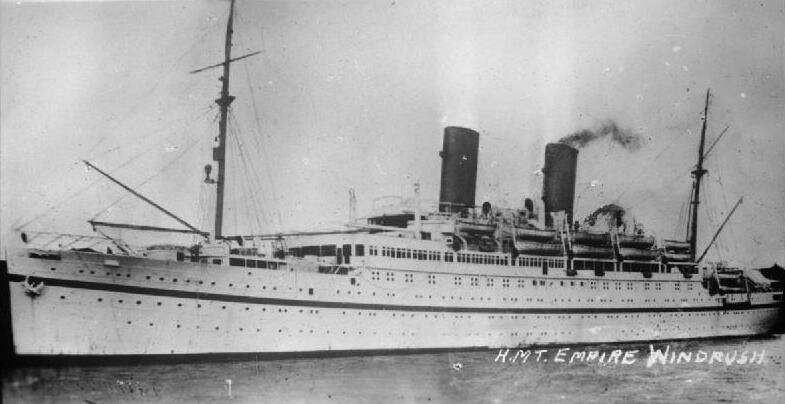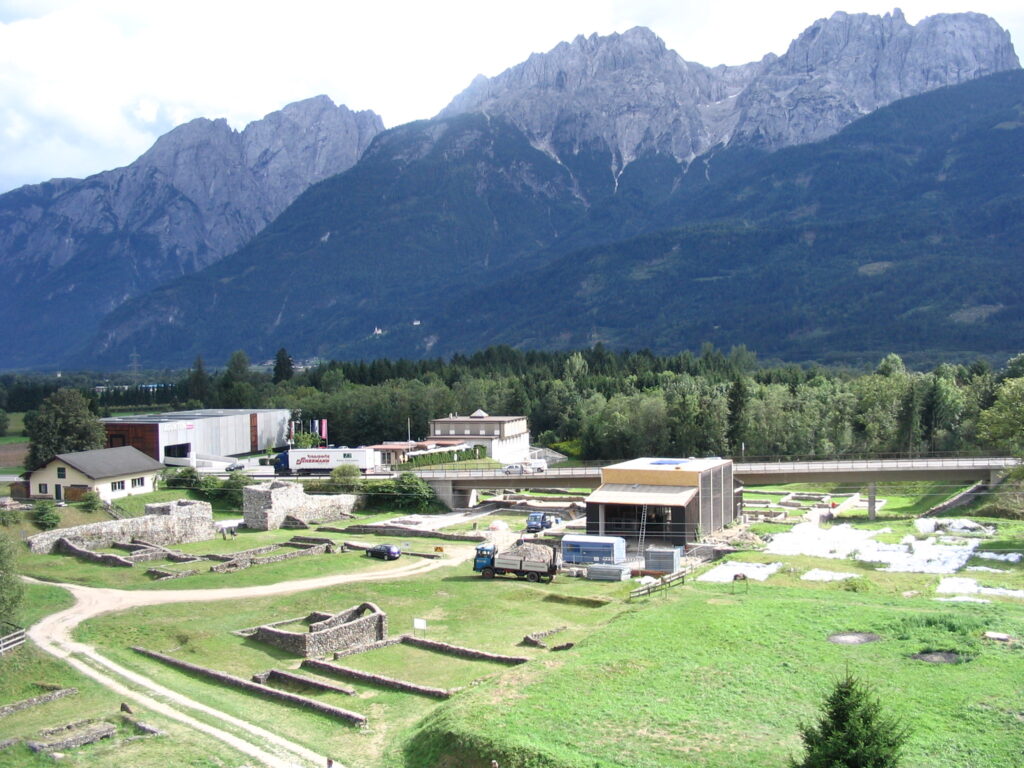Focus On: (136472) Makemake
Name origin: Make Make is considered the supreme divinity of Easter Island and the most important mythological being in the Rapanui worldview. Make Make was the creator of all things, the first man and the first woman, and he had the power to reward the good people and punish the bad ones. The most important ritual in honour of Make Make was the bird man (Tangata Manu) competition in which prominent contestants sent helpers to obtain the first manutara (sooty tern) egg.
Focus On: (136472) Makemake Read Post »










